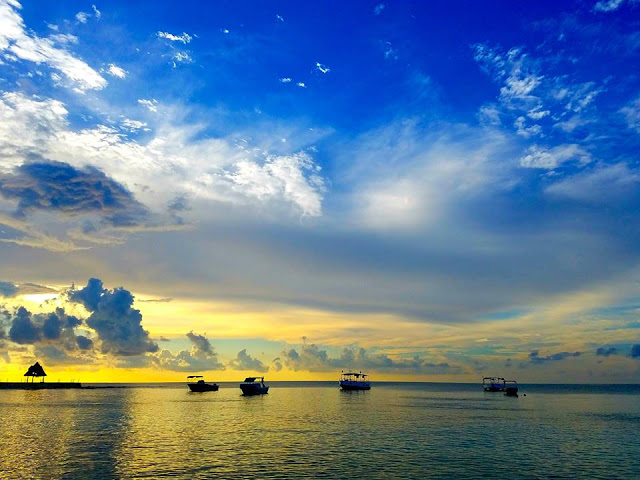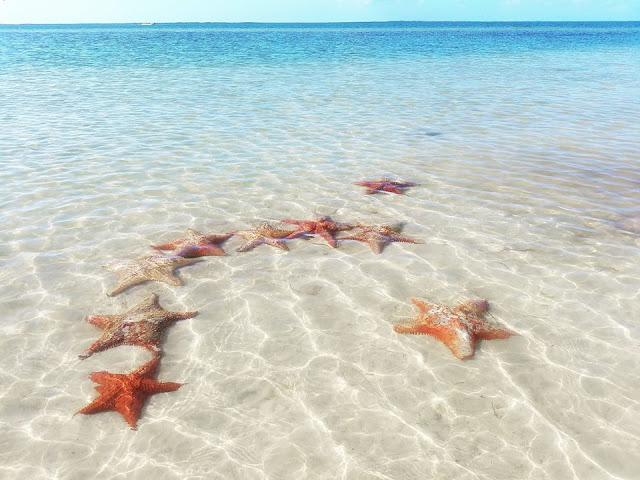You can't visit Tulum without checking out the Mayan ruins, but take a morning tour to free up your afternoon for sunbathing and swimming in the bright blue water. Also, try snorkeling at one of the several cenotes (or subterranean swimming holes), or take a canal trip through the Sian Ka'an Biosphere Reserve. Spas are also luxurious and plentiful here: Book a yoga class or Temazcal session at the Maya Spa Wellness Center.
By far the most visited spot in Tulum is its ruins. Built on prime beachfront property, Tulum is the only known Mayan seaside site, and it's what makes the ruins so spectacular. The actual structures aren’t overly impressive, but the white stone contrasted against blue ocean waters is breathtaking. Tulum is extremely tourist-friendly and well maintained – more so than most of Mexico’s other ruin sites, and information plaques are in both English and Spanish. The site is a 10-minute drive from town and accessible by a 10-minute walk from the far end of the beach. The site has a small but beautiful swimming beach, offering a much-needed cool-off and stunning views of the ruins. Visitors are allowed, and recommended, to bring their own water to the site.
The Caribbean is known for its wonderful waters, and Tulum is no different. Blue water meets white sand in a wonderful clash of colors. The beach stretches about six miles, starting at the Tulum ruins and ending at Sian Ka’an Biosphere Reserve. Zazil Kin and La Vita e Bella are the two beaches closest to the ruins. Beaches in Tulum, with their soft sand, are perfect for tanning and swimming. To find good offshore snorkeling, ask a local for the best spot, though the best views are usually seen from the reef, which you’ll need a boat to get to.
Did you know?
• Tulum’s original name was Zama, which means ‘The City of Dawn’ due to its positioning towards the morning sunrise.
• South of Tulum, you’ll find the Sian Ka’an Biosphere Reserve, a 1.3 million acre national park that became a UNESCO World Heritage Site in 1987.
• Tulum got its name from the Yucatecans and is translated to the ‘Walled City’. Visitors can easily spot the wall which was built around this ceremonial city, it is an architectural addition that is found in few Mayan sites.
Since 2014 at least two thousand U.S. citizens have applied for permanent residence in Quintana Roo, joining the nearly seven thousand who were already legally living in the state.
It is estimated that at least another four thousand Americans are temporarily living at the state, according to data from the National Institute of Migration (INM), which detailed that Quintana Roo is the fifth state with the greatest number of North American inhabitants at the national level, behind Jalisco, State of Mexico, Baja California Sur and Guanajuato.
The best time to visit Tulum is between November and December. You'll get the benefit of post hurricane-season breezes, plus the hotel prices are reasonable. Not to say that it's hard to find good room rates at other times of the year – this small pocket of the Yucatán has one of the widest ranges of price points on Mexico's Caribbean coast. If you're concerned about crowds, though, avoid the region from January to March.
Tulum, Quintana Roo, photo Tatjana D. OC (btx travel)







Blogger Comment
Facebook Comment